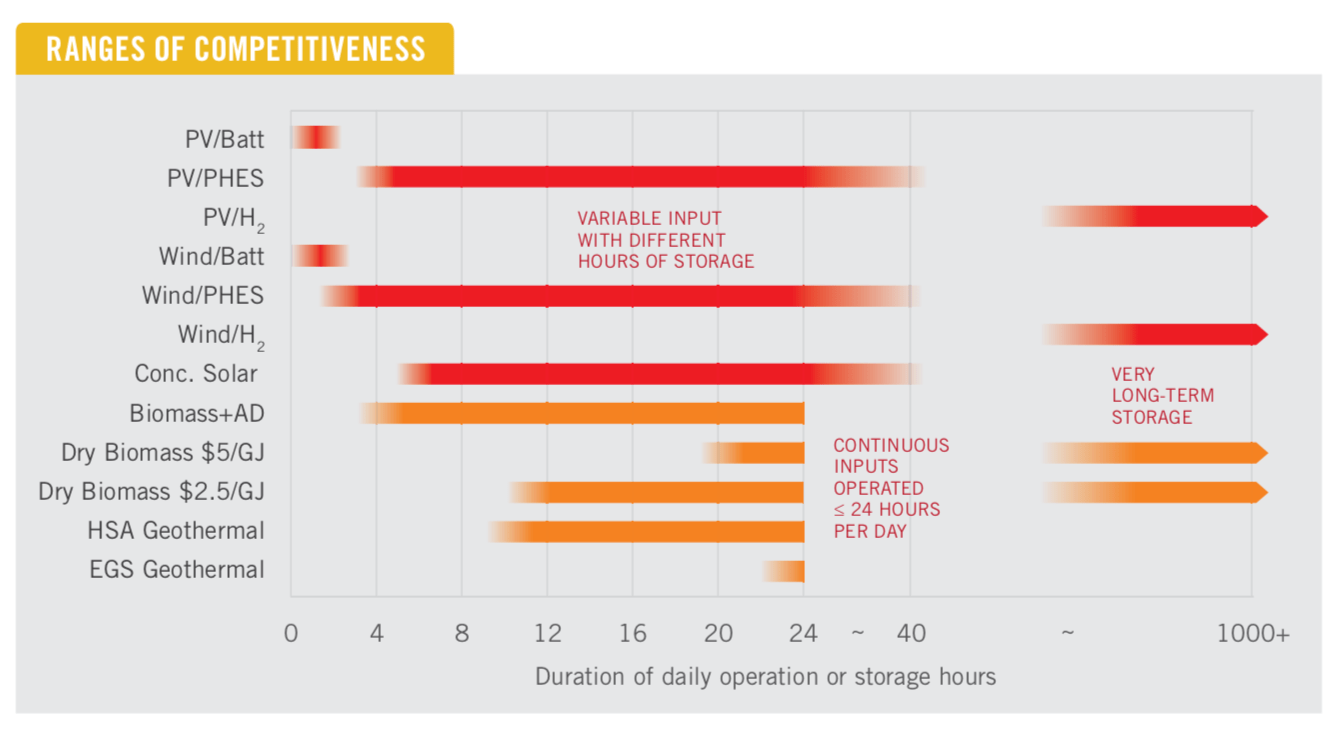Investor News
Government MPs push for renewables funding to boost climate credentials
Federal Liberal party backbenchers are pushing for a boost to renewable energy funding and support for hydrogen industry development and climate change adaptation.
The below article by Nicole Hasham and Peter Hannam in today's 'Age' highlights the wide gap within the Coalition government regarding energy policy.
It also raises a question over the narrative presented by the backbenchers and the article in relation to funding renewables; if new renewables are already as cheap as coal, why are backbenchers agitating for more subsidies?
Could it be that renewables are not as cheap as claimed?
Firming unreliable wind and solar
A report by the Australian Renewable Energy Agency (ARENA) last year, which examined the renewable energy generation options as we transition to zero emissions, painted the following picture:

- Intermittent electricity (wind and solar) costs around $65 per MWh, but it's unreliable, requiring dispatchable electricity generation to 'firm' the grid
- There are multiple renewable 'firming' options, each with a different cost and operational profile, with storage including batteries, pumped hydro and hydrogen
- Batteries are suitable for storage of fewer than 4 hours, with a sweet-spot of around 30 minutes, making them ideal for short term smoothing of wind and solar variability but uncompetitive as long-term energy reserves
- Pumped hydro is suitable over the 2-40 hour timeframe, being highly competitive beyond 6 hours of storage capacity
- Hydrogen storage is seen as suitable for 'very long-term storage', however, the overall cost of dispatched energy from hydrogen is high

So, on one hand, we have government backbenchers calling for more wind and solar subsidies while the Climate Council tell us new wind is as cheap as existing coal and ARENA confirming that making renewables reliable is at least 150% more expensive.
Which is it?
The takeaway here should come as no surprise; the transition to a reliable, low CO2 electricity 'system' is going to cost more than sticking with coal and gas, reducing affordability and increasing energy poverty.
And while that won't come as a surprise to those familiar with the energy trilemma, we need to understand how that plays into the emerging hydrogen market.
There are two pathways currently being developed:
- 'Green' hydrogen, made by using 'spare' wind and solar power to split water via a process called electrolysis, and;
- 'Clean' hydrogen, which essentially aims to use gasified coal as the feedstock, with carbon capture and storage (CCS)
'Green' hydrogen, under the ARENA report, is seen as a viable option for long term energy storage (though more expensive than pumped hydro).
The idea of 'green' hydrogen for domestic storage and firming works well when 'spare' wind and solar output is available. It means there's no marginal electricity cost to make the hydrogen, just the cost of the electrolyser and storage capacity.
The downside is, that there's not a lot of 'spare' wind and solar capacity, and therefore little scope to also supply the emerging hydrogen export market without building dedicated wind and solar, which adds tremendous cost. In addition, the low utilisation of the electrolyser makes the cost of hydrogen quite high.
Conversely, 'clean' hydrogen is expected to be capable of high-volume production without the excessive cost or impact on our domestic electricity supply.
In this context, it makes some sense to direct 'spare' wind and solar to domestic hydrogen storage, as part of a broader firming strategy involving batteries and pumped-hydro, while using brown coal to produce clean hydrogen for export.
Read more…
Government MPs push for renewables funding to boost climate credentials
22 February 2019 | The Age | Nicole Hasham and Peter Hannam
Source: Government MPs push for renewables funding to boost climate credentials